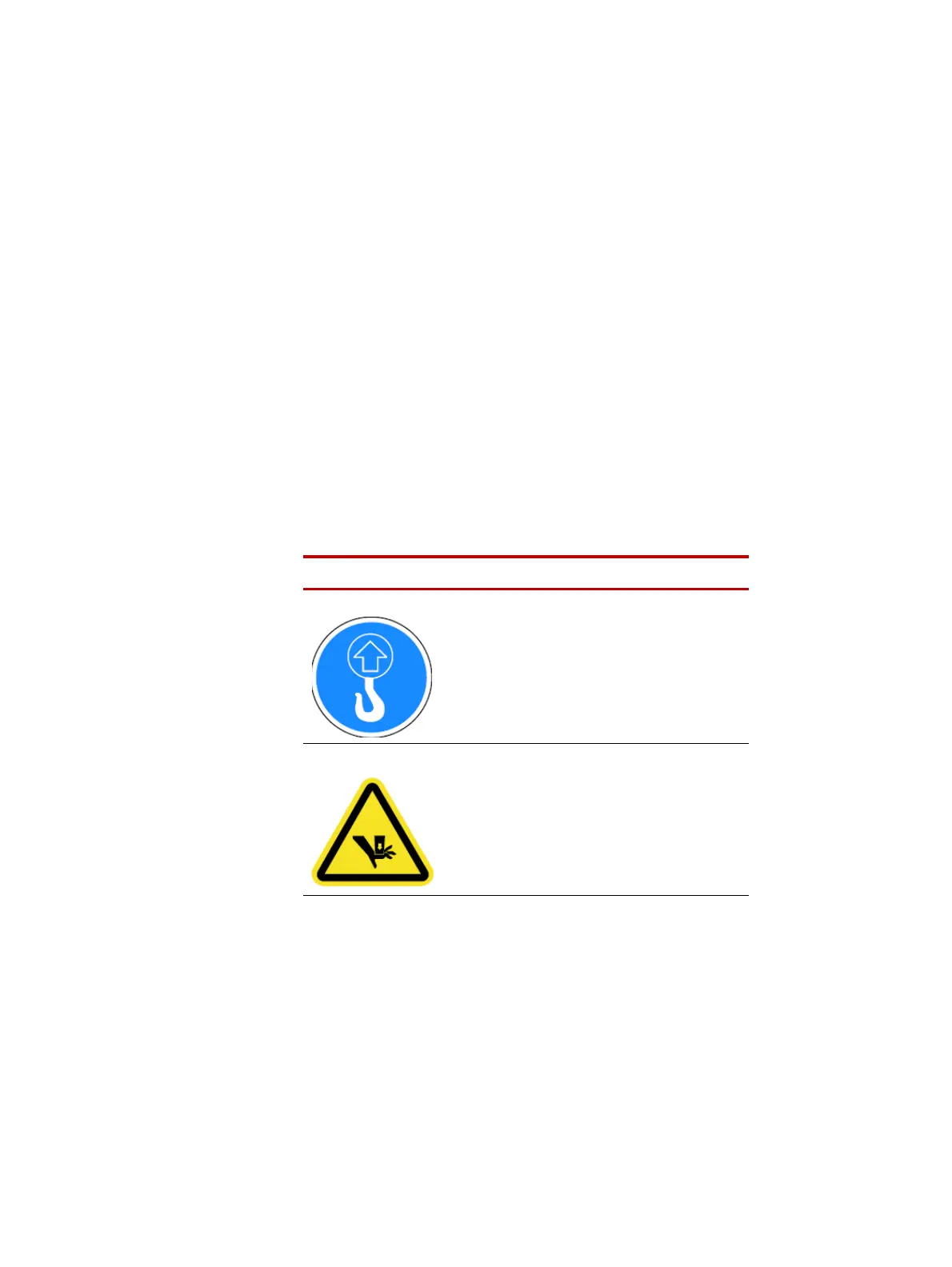 Loading...
Loading...
Do you have a question about the MTS Systems Exceed 40 Series and is the answer not in the manual?
| Brand | MTS Systems |
|---|---|
| Model | Exceed 40 Series |
| Category | Test Equipment |
| Language | English |
Guidance on obtaining technical assistance from MTS for product issues.
Information required for efficient technical support interactions.
Process and information needed when contacting MTS via telephone support.
Introduces the manual and initial steps for system usage.
Explains formatting, symbols, and hazard notices used in manuals.
Details the conventions used in MTS documentation for clarity and consistency.
Pertains to general safety issues relevant to electromechanical systems.
Outlines crucial safety steps prior to operating the test system.
Details safety measures to observe during active system operation.
Explains the meaning of hazard labels and icons affixed to the test frame.
States the purpose and scope of the MTS Exceed Series 40 Product Manual.
Warns against improper installation or operation, highlighting potential hazards.
Provides an overview of the MTS Exceed Series 40 system components.
Explains the function and responsibilities of the system's frame controller.
Discusses MTS testing software, method templates, and categories.
Identifies and illustrates the various physical components of the load frame.
Lists standards met by the load weighing and strain measurement systems.
Provides detailed dimensional drawings for specific MTS Exceed Series 40 load frame models.
Advises on proper placement and ventilation requirements for the load frame.
Details the procedure for leveling table-top load frames for stability.
Describes how to level floor-standing load frames using wedge-shaped irons.
Explains how to connect the main power supply to the system controller.
Provides instructions and precautions for connecting various system cables.
Shows standard mounting hole locations for accessories on different load frame models.
Describes the main power switch and emergency stop button functions and usage.
Explains how to set upper and lower crosshead travel limit stops for safety.
Identifies potential crush zones and necessary precautions for safe operation.
Details the typical process for mounting test fixtures and load cells.
Explains the functions of the handset for specimen loading and test execution.
Presents a checklist of recommended daily, weekly, and annual maintenance tasks.
Discusses regular inspection and service typically performed by MTS authorized personnel.
Offers solutions for common system hardware and software issues.
Details information regarding digital input/output connections and associated components.
Provides a log format for tracking daily recommended service tasks.
Offers a log for tracking weekly recommended service tasks.
Log for tracking annual recommended service tasks, including PC maintenance.
Details specific PC maintenance and system inspection tasks for 2000 hours/annual.
Log template for performing system checks at 2000 hours/annual intervals.
Log template for recording lubrication tasks performed at 2000 hours/annual intervals.
Log template for frame and work area maintenance at 2000 hours/annual intervals.